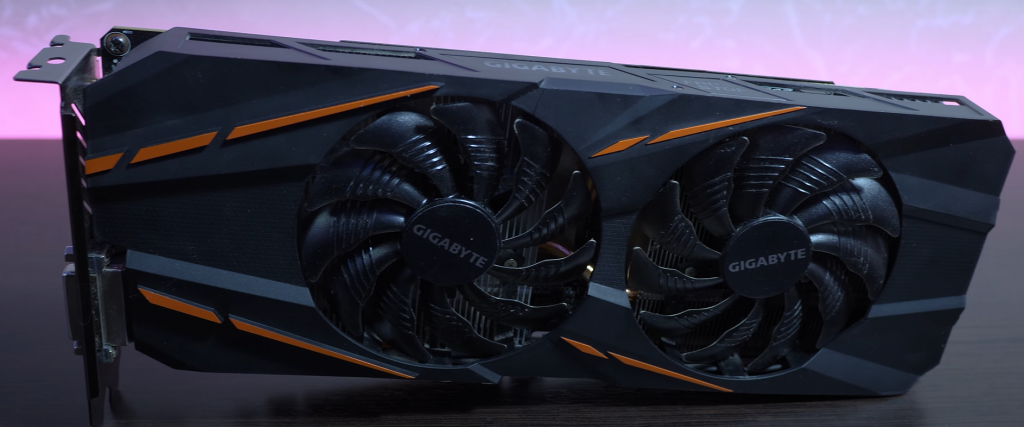When choosing a pool for mining, you need to consider its reliability, usability, minimum withdrawal amounts, what percentage it charges for services, the physical remoteness of the servers and other important factors. The farther away the pool’s servers, the higher the ping to them, which leads to lagging balls (solutions) that are found by the mining farm (stale shares). They are usually not paid, so it is necessary to minimize the number of these orbs. Decision statistics and other data can usually be viewed on the pool itself.
For mining Ether and other popular cryptocurrencies, good pools are
Ethermine;
Flypool;
Nanopool;
Spark.pool;
Hiveon.
Pool setup instructions
For each particular pool, you can set up mining according to the instructions that can be found on its website. The help section of each pool has step-by-step instructions on how to mine cryptocurrency on it. In any case, the configuration files to start the miner must include the following information:
- The network address of the pool and the port for mining;
- password and login of the vorker (a specific rig), or wallet address (depending on the pool);
- service parameters that do not depend on the pool, concerning overclocking, temperature mode, cooler operation mode, intensity, and other data necessary for the work of the miner’s program.
Costs of components and equipment maintenance
When building a Rig the biggest expense is for the video cards.
The cost of 1-2 video cards (depending on the model) is approximately equal to the total cost of the power supply, motherboard, processor, RAM, hard drive, frame and raisers.
The best graphics cards at the moment are cards from Navi series of AMD and 30-series from Nvidia, for a budget rig fit 1660 Super. In their choice it is better to focus on the cards with the most massive radiators and a large number of coolers. From experience, the best video cards AMD produces Sapphire, and Nvidia – ASUS
Graphics processors of past generations are in principle still relevant, but less energy efficient than the new ones. The RX 570 with 8GB of memory develops about the same hash rate as the 1660Super but, consumes 15 watts more power per hour. When Big Ether finally moves to a new network that uses the PoS consensus algorithm, the profitability of these cards will drop significantly. The secondary market is already flooded with video adapters of these models, and in six months, a year at most, there will be several times more. It will be very difficult to sell your old cards, bought during the next wave of crypto-boom at an inflated price, and if classic Ether will not increase in price, they will bring pennies after the era of ETH mining is over. Of course, there is also Rawencoin, but mining this coin in summer requires additional expenses for farm cooling. It is better to buy video cards of new series.
As already mentioned, when choosing a motherboard, you should be guided by the presence of the required number of PCI-Express connectors.
As a disk drive, it is better to choose an SSD of 120 gigabytes. These drives are fast, economical and have enough space for a swap file.
RAM for the Rig needs at least 4 gigabytes, and it is enough to choose the cheapest memory, because its speed does not affect the performance of mining.
If the processor will not be used for mining, you can buy the cheapest models. The main load when mining falls on the video cards, the processor is practically not loaded. If you want to mine on the processor, you need to take care of a good power circuit on the motherboard, capable of providing quality power 24 hours a day. The best power supply circuits on ASrock motherboards, even their cheapest models have many phases in the CPU power supply circuit and they have heatsinks attached to them.
Profitability of major cryptocurrencies, how to pay off a Rig faster
For the fastest payback on the Rig, you need to constantly mine the most profitable cryptocurrencies and exchange them on cryptocurrency exchanges or exchangers for regular money. If you have available funds, you should consider mining for a long-term period in order to exchange the cryptocurrency on the exchange at a more favorable rate.
The lower the complexity of the network, the higher the profitability of mining, so it is worth paying attention to this parameter. If there is a strong increase in complexity, it makes sense to switch to mining other cryptocurrencies in order not to lose income. The current yield, which allows you to choose the most profitable cryptocurrency at the moment, can be found on the websites Whattomine and Nicehash
According to the online Whattomine mining profitability calculator, with this configuration you can earn $14.94 per day and $448.2 per month excluding electricity. With a competent configuration, such a mining farm, will consume no more than 10kW per day.
Let’s assume that electricity costs $0.06/kWh, then per month you will need to pay $18. You will pay back your investment in 5-6 months and then you will have a net profit. When Ether mining stops the profitability will drop, but still the payback period will be less than a year. This is a very good result. And don’t rush to spend your earned crypto. Hold on to at least part of it, over time the rate of Bitcoin and Ether, and maybe some other coins will increase even more.
Mining cryptocurrencies on your own equipment will give you a better understanding of cryptocurrency topics and peculiarities of computer settings, will give a certain life experience, which will not hurt in the future. Therefore, assembling a mining farm can be seen not only as a means to earn money, but also as a way to learn how to operate the computing equipment and work with digital assets. Happy mining.




